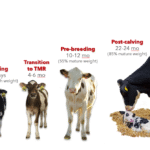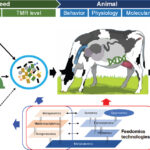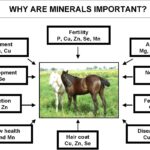Statistical analysis is crucial for interpreting data collected from samples to make inferences about a larger population. Two fundamental methods for comparing group means are the t-test and Analysis of Variance (ANOVA). Below is an overview of these methods, their applications, assumptions, and interpretations.
Thank you for reading. Don't forget to subscribe & share!
t-Test: Comparing Two Means
A t-test evaluates whether the means of one or two groups are statistically different from a known value or from each other. It’s commonly used when dealing with small sample sizes and when the population standard deviation is unknown.
Types of t-Tests
- One-Sample t-Test: Compares the mean of a single sample to a known or hypothesized population mean.
- Independent Two-Sample t-Test: Assesses whether the means of two independent groups differ significantly.
- Paired Sample t-Test: Evaluates the mean differences between two related groups, such as measurements before and after a treatment on the same subjects.
Assumptions
- Normality: The data should be approximately normally distributed.
- Independence: Observations must be independent of each other.
- Homogeneity of Variance: The variances of the two groups should be equal.
Interpretation
The t-test calculates a t-statistic, which, along with the degrees of freedom, is used to determine the p-value. A p-value less than the chosen significance level (commonly 0.05) indicates a statistically significant difference between group means.
ANOVA: Comparing Three or More Means
Analysis of Variance (ANOVA) is used to compare the means of three or more groups to determine if at least one group mean is statistically different from the others.
Types of ANOVA
- One-Way ANOVA: Examines the effect of a single independent variable on a dependent variable across multiple groups.
- Two-Way ANOVA: Assesses the impact of two independent variables on a dependent variable and can evaluate interaction effects between the variables.
Assumptions
- Normality: The dependent variable should be approximately normally distributed for each group.
- Independence: Observations must be independent.
- Homogeneity of Variance: The variances among the groups should be approximately equal.
Interpretation
ANOVA calculates an F-statistic, which compares the variance between group means to the variance within the groups. A significant F-statistic (p-value less than 0.05) suggests that at least one group mean is different. However, ANOVA does not specify which groups differ; post-hoc tests (e.g., Tukey’s HSD) are necessary for pairwise comparisons.
Choosing Between t-Test and ANOVA
- Use a t-test when comparing the means of two groups.
- Use ANOVA when comparing the means of three or more groups.
Both methods require the assumptions of normality, independence, and homogeneity of variance to be met for valid results.










